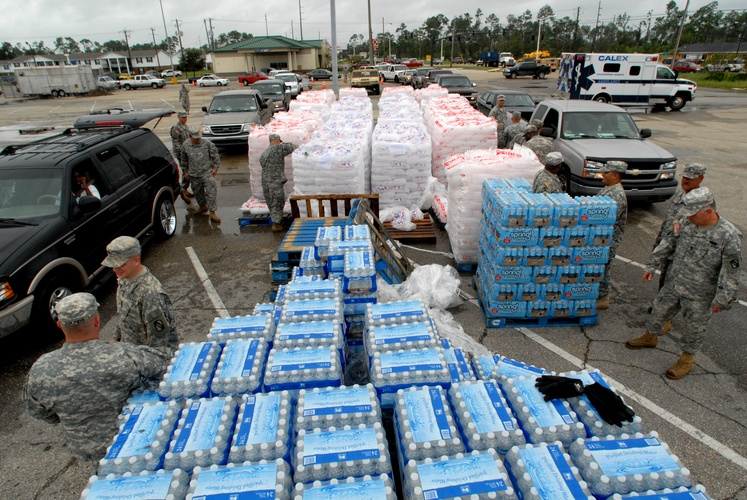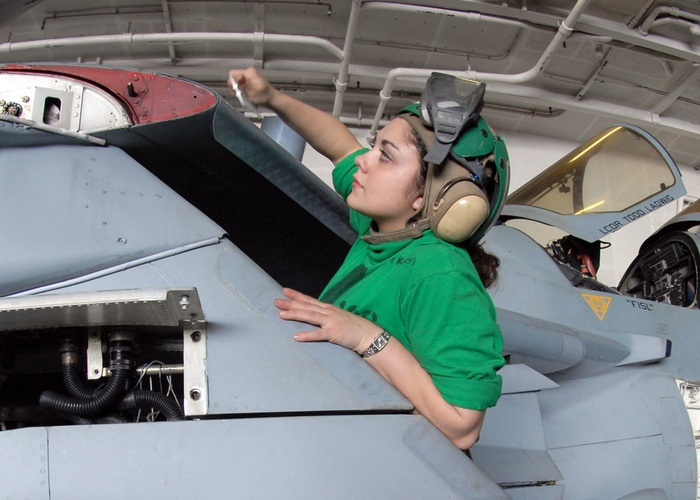What Does The Government Do With Surplus Aircraft?
One of the questions that we hear a lot in this industry has to do with government surplus. Namely, what does the federal government do with surplus aircraft? And more to the point, what is the criteria for an aircraft being surplus? Does this extend to tactical aircraft? What about demilitarized parts? And can just anybody off the street buy government surplus aircraft for sale?
We’re going to walk you through the process of who can buy government surplus aircraft, what exactly constitutes a decommissioned military aircraft for sale, and a whole lot more.

Can Civilians Buy Surplus Government Aircraft?
First and foremost, can a civilian buy surplus government aircraft? Now, granted, the process is not necessarily simple. It has regulatory hurdles, and you cannot buy all government aircraft. But with that said, there are plenty of options out there.
1. Government Surplus Auctions
The federal government handles surplus aircraft sales by auction. The condition of the aircraft is disclosed thoroughly in the auction description, and usually a mechanic has walked through the aircraft to provide detailed instructions on the actual condition of the aircraft.
There are two main sources that conduct the auctions of surplus government aircraft sales, which are:
- General Services Administration (GSA): The GSA often manages the sale of surplus government property, including aircraft. These are usually sold through public auctions or online platforms like GSA Auctions.
- Defense Logistics Agency (DLA): The DLA Disposition Services also handles the sale of surplus military equipment, including aircraft, through public auctions.
Now, these aircraft are sold in as-is condition. The condition is reported exactly as they sit, but repairs are not made and there is no promise of such, either.
2. Types of Aircraft Available
The government sells both military and non-military aircraft as surplus, some of which have even served in both capacities.
- Non-Military Aircraft: This includes aircraft that were used by federal agencies like the U.S. Forest Service, the Department of the Interior, or the Federal Aviation Administration (FAA). These aircraft are often older models that are no longer needed. Some examples are the FAA’s flight check aircraft, fire tanker lead planes, etc.
- Demilitarized Military Aircraft: Some military aircraft that are no longer in service may be sold after they have been demilitarized (stripped of all military equipment). These could include transport planes, trainers, or utility helicopters.
There are lots of good examples of aircraft that have been demilitarized are in law enforcement agencies and fire departments all over the U.S. (and the world, but that is another issue). Demilitarized OH-58 Kiowas are very popular for police work, as are retired UH-1 Hueys. They have also found employment in mountain rescue agencies, flying medevac duties all over thanks to their relatively low price point and plenty of rated pilots, and in purely private sector roles doing all kinds of work.

3. Restrictions and Requirements
As stated in the previous section, there are lots of examples of retired military aircraft still serving in the private sector. Of course, since these were military aircraft being used for military missions, there are rules regarding the sale of them.
Tactical aircraft must be demilitarized first. This might mean that actual weapons (cannons, guns, or hard points) were removed. Or it could be guidance systems, targeting systems, you name it. But whatever made the aircraft perform in a tactical environment to perform a specific tactical mission is what will be removed. For instance, an RC-12 Guardrail isn’t in itself a tactical aircraft; it is the ISR payload and suite of antennas that make it one.
Those can generally be removed and a “slick” King Air B200 is left to work with. There are lots of other similar cases, and the process is generally the same.
4. Special Cases
There are some special cases where the aircraft can be left with certain items, although weaponry still has to be made inert. Museums procure surplus and retired aircraft often, and the weapons pylons, hard points, and guns are usually left in place. But they are made inert and completely irreparable first.
The process is very much the same for static display aircraft that are found on display at many military installations, municipal airports, or even city parks (this is not limited to aircraft; armored vehicles and tanks are also routinely used for these purposes).
5. Purchasing Process
The process to buy surplus military aircraft is not always easy, but it can be done. First, potential buyers find available aircraft through government surplus sales. The General Services Administration (GSA) and the Defense Logistics Agency (DLA) often hold auctions where retired military equipment, including aircraft, is sold. These auctions can be found on websites like GSA Auctions and GovPlanet, which occasionally list military aircraft. It is important to note that the GSA Auctions website is an official government website, while GovPlanet is the authorized private broker of military auctions.
Once the aircraft is procured, buyers have to comply with strict regulations that ensure the aircraft is fully demilitarized. It is also up to the buyer to meet FAA regulations for airworthiness, which might be difficult (or impossible) depending on the records that were kept and passed on from the aircraft.
6. Example Platforms
- GSA Auctions: The primary platform for buying surplus government property, including aircraft.
- GovDeals: Another auction site where surplus government assets, including aircraft, are sold.
- DLA Disposition Services: Handles surplus military equipment sales.
This is not a complete list of the places to procure a surplus military aircraft, but it does serve a good baseline for where civilians, whether private citizens or commercial operations, can and do find surplus military aircraft for sale.
Parting Thoughts
Oftentimes, ownership of civilian aircraft is transferred laterally from the military service to a federal agency. Federal agencies like CBP, FAA, and NOAA can still effectively use many military aircraft that are no longer useful for military service, but have plenty of life left for non-tactical missions. The CBPs UH-60s and NOAAs P-3 Orions are great examples of surplus or retired military aircraft serving second lives in civilian service.

Greenwood Aerospace has partnered with many federal agencies over the years to provide parts procurement services and logistics for their aviation assets, and we will take your mission to the next level of readiness by doing the same! You can get started by giving us a call at (580) 762-2580, or you can email us at contact@governmentprocurement.com.


.svg)


.png)


